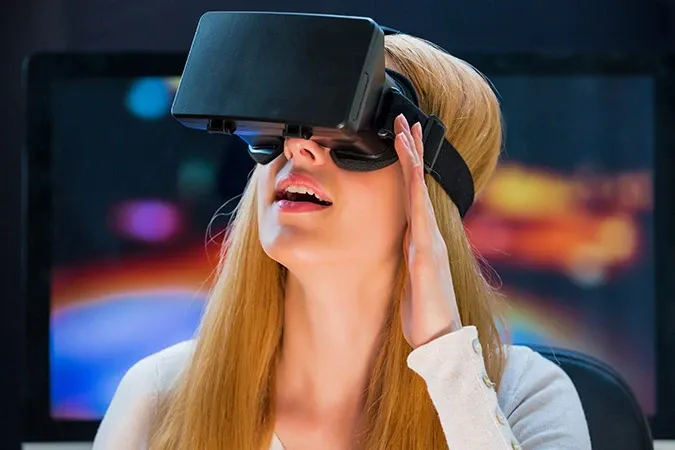Travel eSIM Users to Grow 440 Percent Over the Next 5 Years
According to a new study from Juniper Research, the global number of travel eSIM users will grow from 40 million in 2024 to over 215 million by 2028.

Display shipments for applications featuring near-eye displays are expected to reach 25.3 million units in 2022, up 73.8%, before reaching 139 million units in 2028, according to Omdia’s report. Omdia sees three main influencers behind this growth.
Firstly, sales of XR (including AR, VR, and MR) end devices are growing due to increasing gaming, industrial, medical and commercial demand; secondly, brands are preferring to adopt a dual-display design to replace the original single-display design and improve users’ visual experiences and thirdly, the well-established ecosystem from brands like Metaverse, Apple and their multiple device screen strategy. Omdia expects revenue growth to peak in 2023 primarily because more brands are expected to adopt OLED on silicon (OLEDoS) for near-eye devices in 2023 with higher unit prices.
“Popular TFT LCD and AMOLED displays used for smartphones are also applicable to VR devices. The VR display supply chain is mature because popular TFT-based LCD or AMOLED displays are widely used and panel makers are already established, including Japan Display (JDI), Sharp, Samsung Display, AUO, BOE Technology, Innolux, China Star, and Sony. Presently, more brands are increasingly trying to use OLEDoS for VR applications to enable better visual effects,“ said Kimi Lin, Senior Research Analyst at Omdia.
OLEDoS can be used for both VR and AR applications and provide better visual performance than AMOLED and LTPS LCDs in VR applications. Companies like Kopin, eMagin and Sony are leading the industry while OLEDoS has attracted the attention of and investment from many Chinese companies such as BOE, SeeYa, Olightek, and Sidtek with up to the end of 2021 total investment has been $4.5 billion.